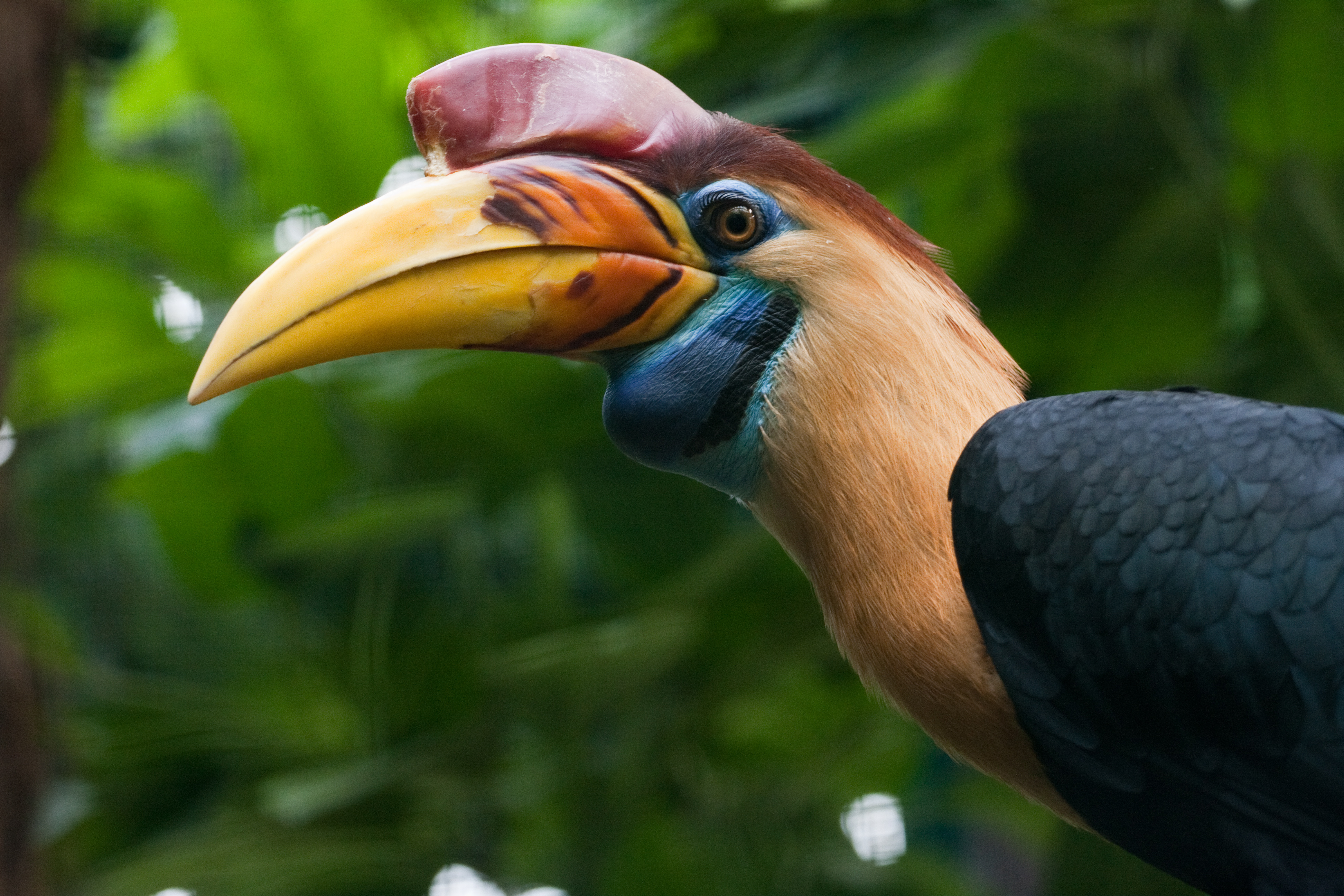Sulawesi Montane Rainforests
The ecoregion’s land area is provided in units of 1,000 hectares. The conservation target is the Global Safety Net (GSN1) area for the given ecoregion. The protection level indicates the percentage of the GSN goal that is currently protected on a scale of 0-10. N/A means data is not available at this time.
Bioregion: Sulawesi & Maluku Islands (AU14)
Realm: Australasia
Ecoregion Size (1000 ha):
7,598
Ecoregion ID:
157
Conservation Target:
89%
Protection Level:
2
States: Indonesia
The cool, mossy highland forests of Sulawesi Montane Rainforests ecoregion sustain some of the world’s highest levels of unique species, both plants, and animals. Sulawesi is at the crossroads of Southeast Asia, New Guinea, and Australia, yet its deepwater isolation has driven the evolution of numerous unique species. Much of Sulawesi is mountainous and the montane forests predominate.
These forests are home to the ancient pig-like, fruit-eating babirusa with its dramatically curved tusks, as well as the dwarf anoa buffalo. The vulnerable knobbed hornbill, with its iconic yellow bill specialized in opening large tropical fruits, is an important seed disperser in these rain forests and has a significant influence on the distribution and population of many tropical tree species.

The flagship species of the Sulawesi Montane Rainforests ecoregion is the knobbed hornbill
The lower mountain forests are rich in trees of the families Fagaceae, Myrtaceae, Icacinaceae, and Escalloniaceae, while higher up above around 2,000 m the Fagaceae and Cunoniaceae dominate the mossy forests, with some unusual high elevation Podocarpacea and Winteraceae. Roughly twenty percent of the trees are unique to Sulawesi montane forests. Botanists marvel at the high level of endemism and the suspected number of undescribed species.
Sulawesi has 70 bird species strictly or nearly endemic to the island. Twenty-three of the endemics are restricted to montane forests, which cover half the island. Twelve entire genera of birds are found nowhere else. There are eight endemic pigeons, five endemic cuckoo-shrikes, six endemic kingfishers, and seven endemic species of mynah. The seven species of macaque found on Sulawesi use both lowland and lower montane forests.
Of the 104 mammal species in the ecoregion, 29 are endemic or near-endemic. These levels of endemism are among the highest in the world, reflecting the complexity of the island’s environment and biogeography.
Much of the habitat remaining in Sulawesi is montane forest, yet these continue to be lost and degraded due to logging and upslope agricultural expansion. Some larger protected areas that contain montane forest are Gandwa Dewata National Park, Bogani Nani Wartabone National Park, Lore Lindu National Park, and Morowali Nature Reserve. Key Biodiversity Areas have been identified throughout the island.
Key conservation actions are to 1) expand the protected area network to represent the full range of distinct assemblages (for example, Sulawesi’s seven major biogeographic zones) and key ecological corridors, especially as deforestation is occurring rapidly outside of protected areas; 2) gazette formal protection, in particular, for montane forests of Central, Southeast, and the Gorontalo highlands; and 3) increase protection of intact habitats along elevational gradients from the lowland to the highlands, where they still occur, as an immediate priority.
Citations
BirdLife International. 2018. Endemic Bird Areas factsheet: Sulawesi. Accessed 1 June 2018 at http://datazone.birdlife.org/eba/factsheet/167.
Cannon CH, M Summers, JR Harting, PJA Keßler. 2007. Developing conservation priorities based on forest type, condition, and threats in a poorly known ecoregion: Sulawesi, Indonesia. Biotropica 39:747–759.
CEPF. 2015. Wallacea Biodiversity Hotspot Ecosystem Profile. Critical Ecosystem Partnership Fund, Washington DC. 353 pp.
Culmsee H, R Pitopang. 2009. Tree diversity in sub-montane and lower montane primary rainforests in Central Sulawesi. Blumea 54:119–123.



